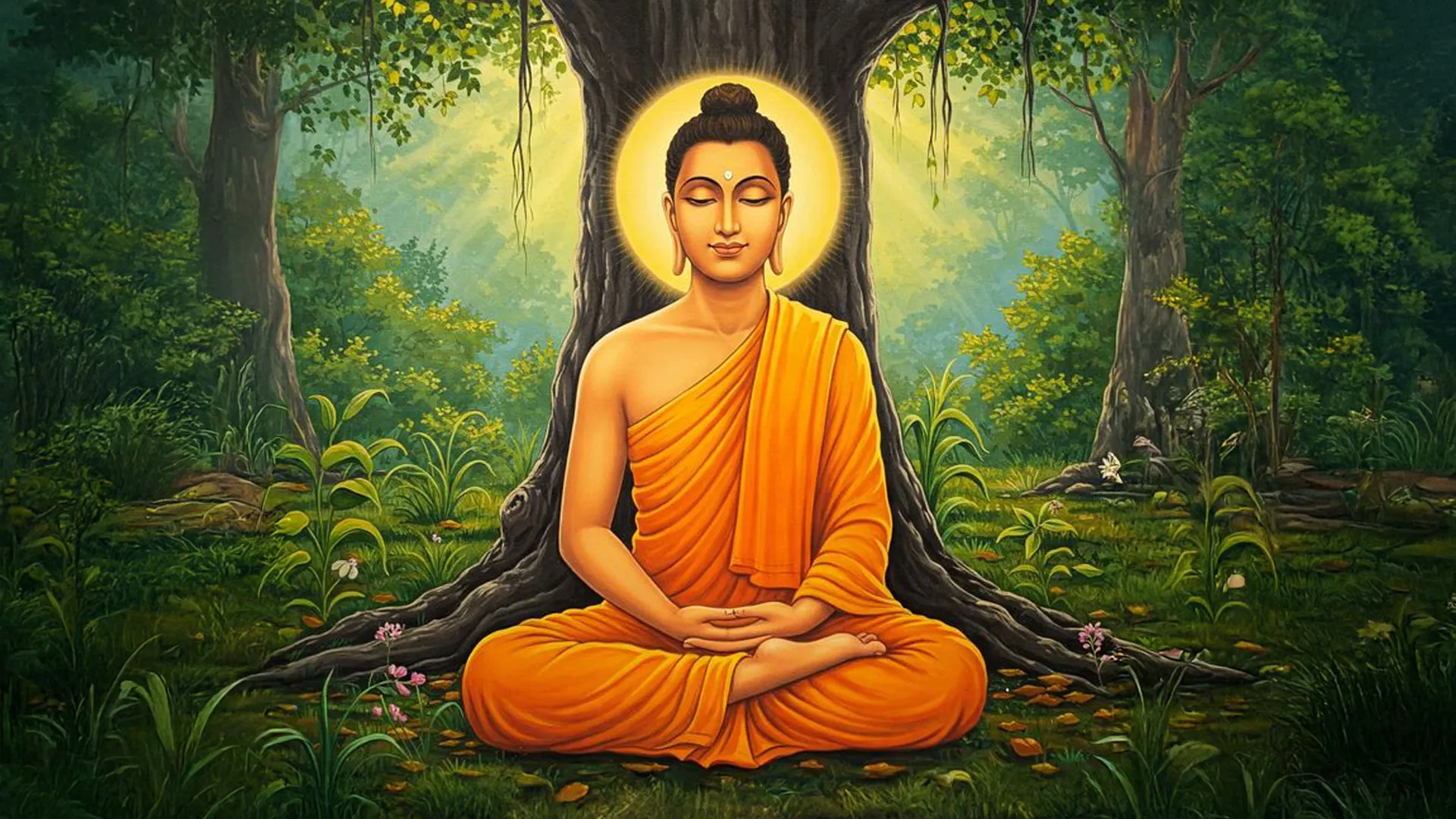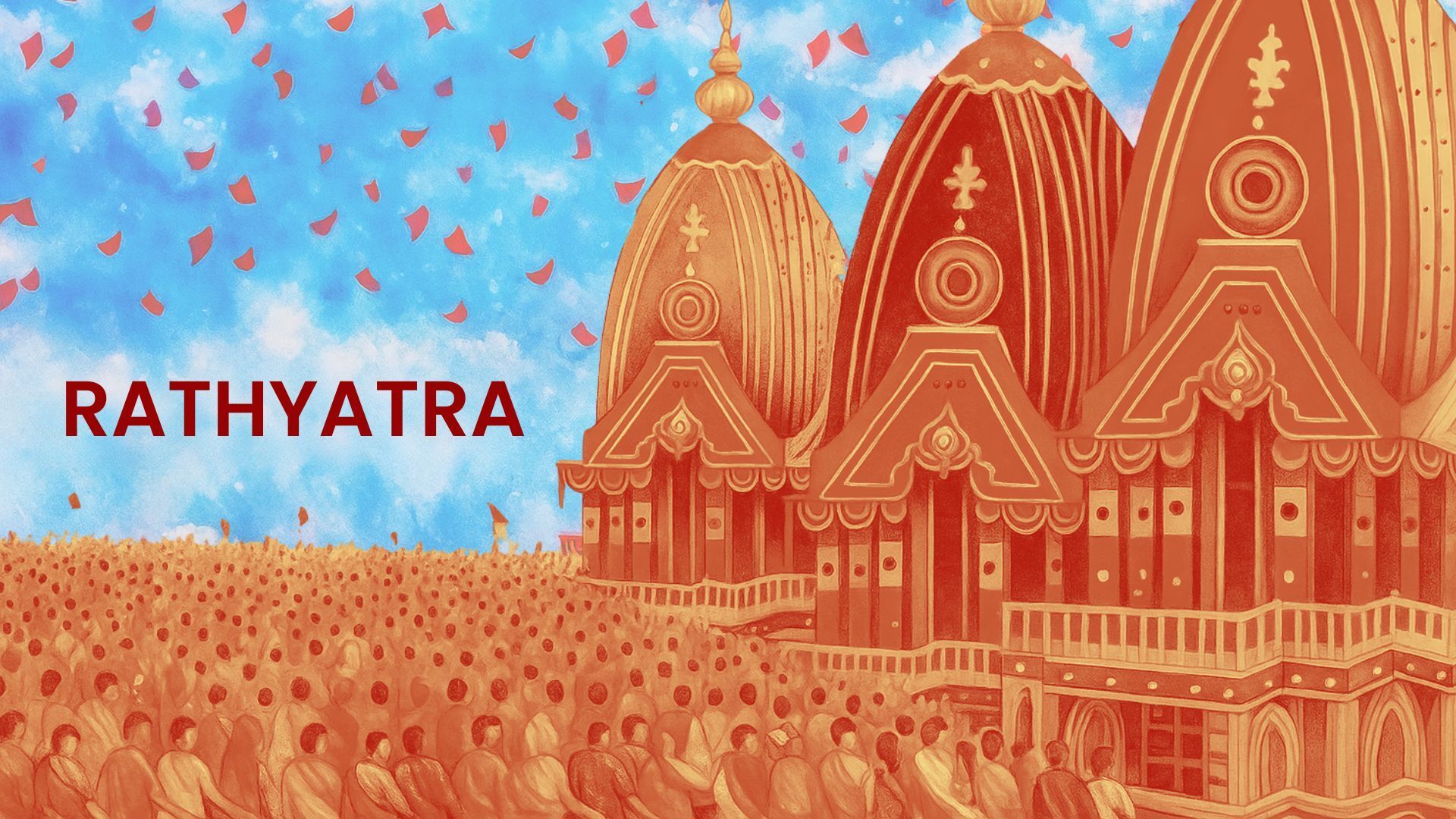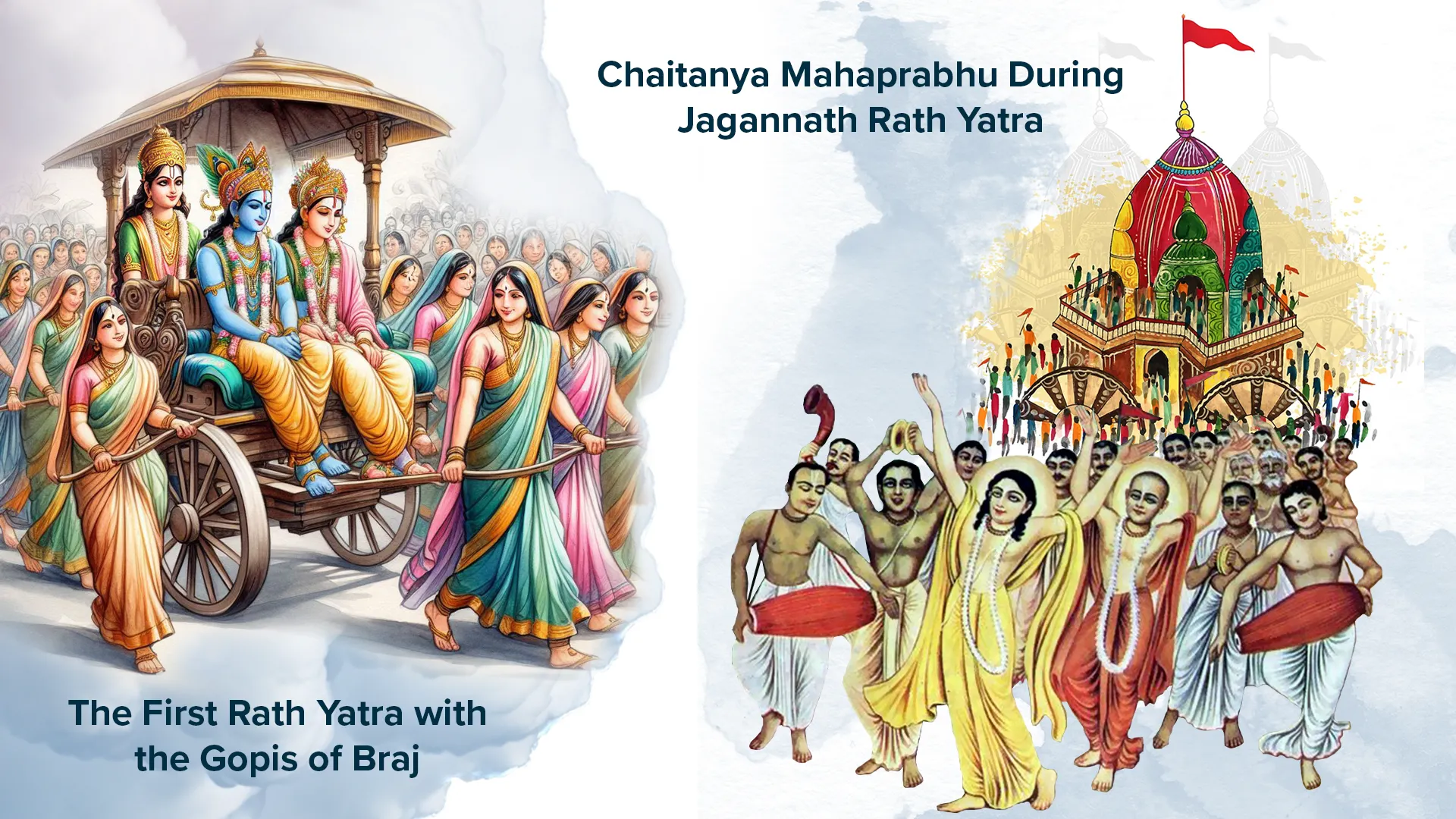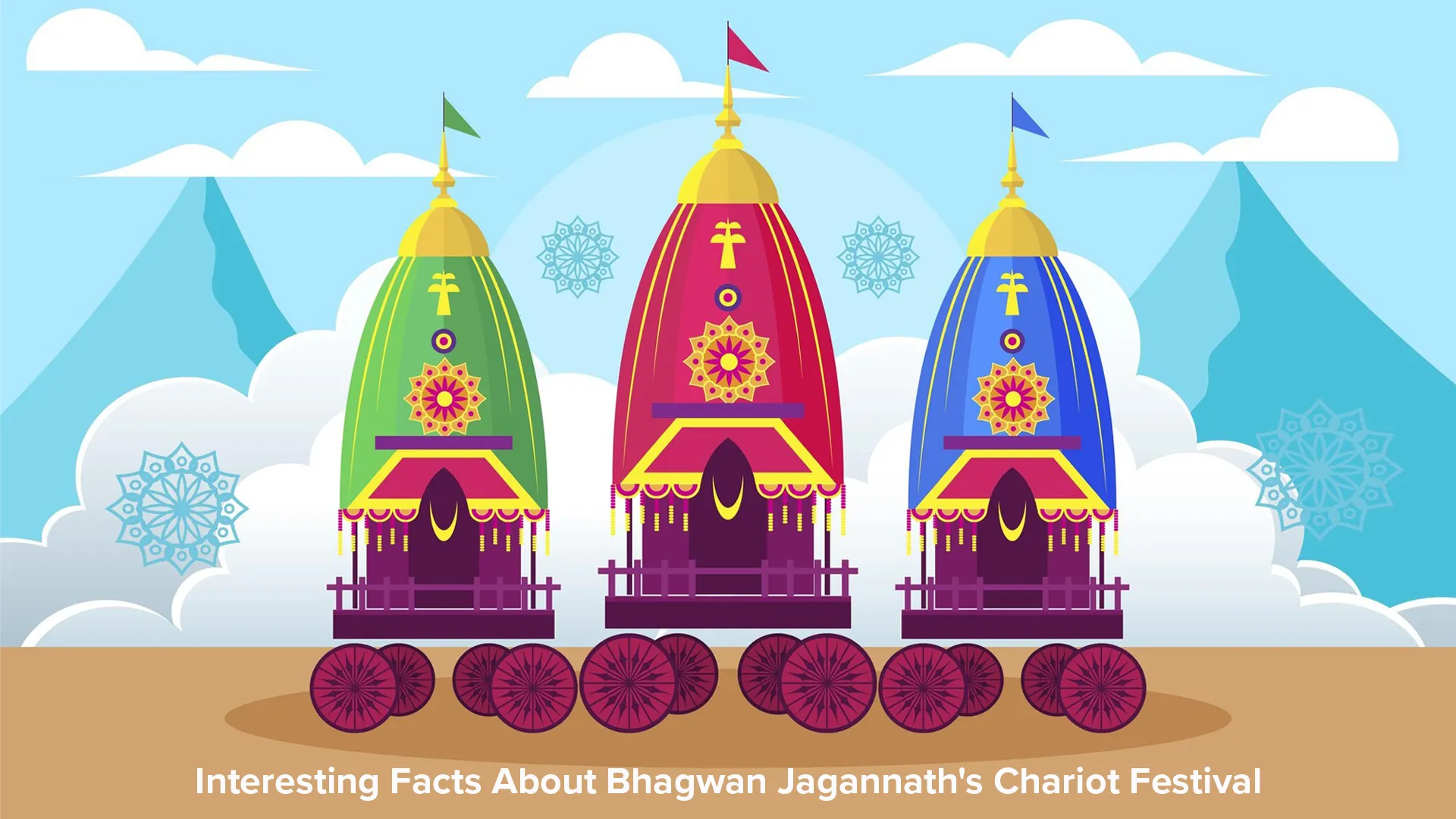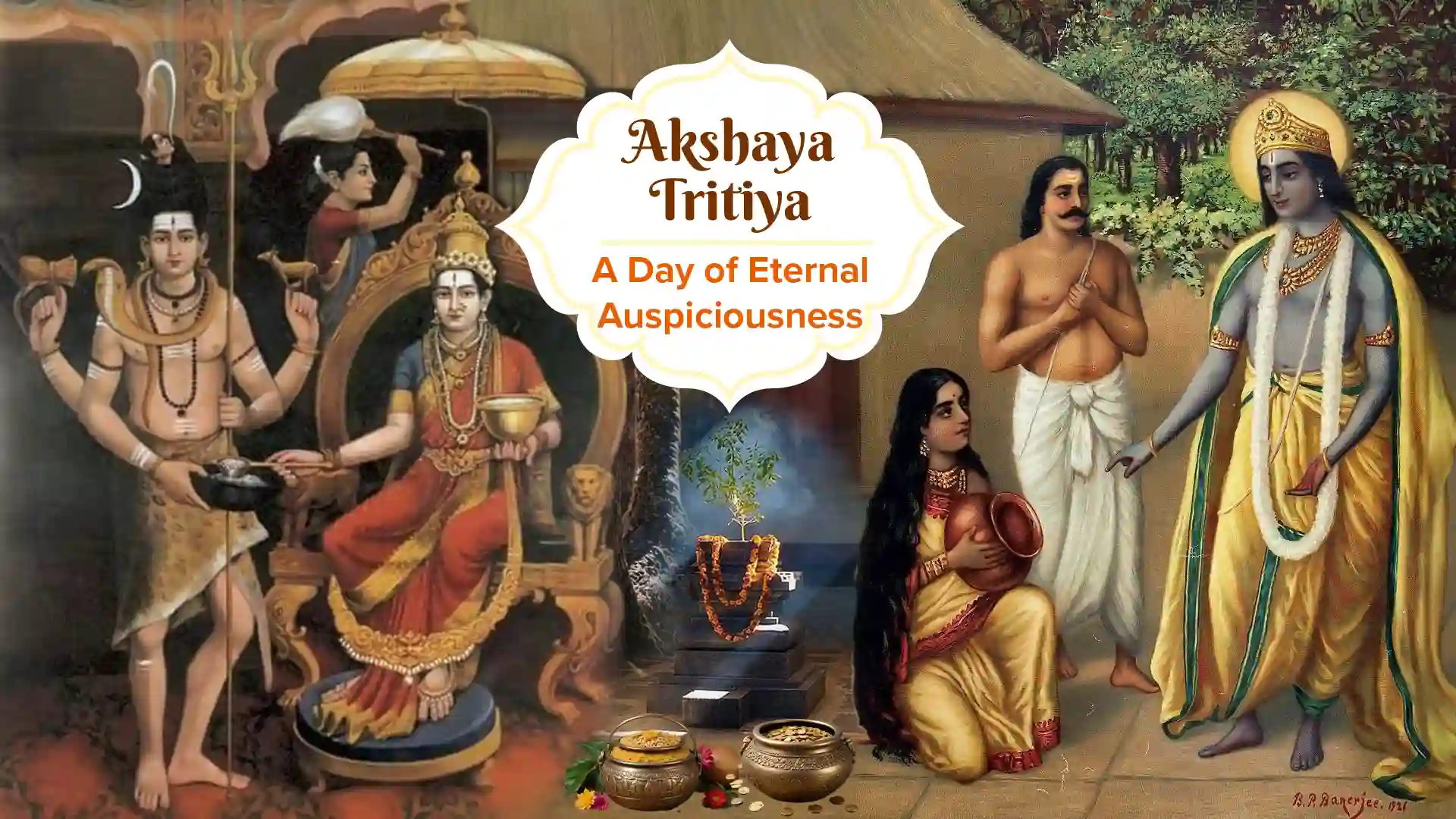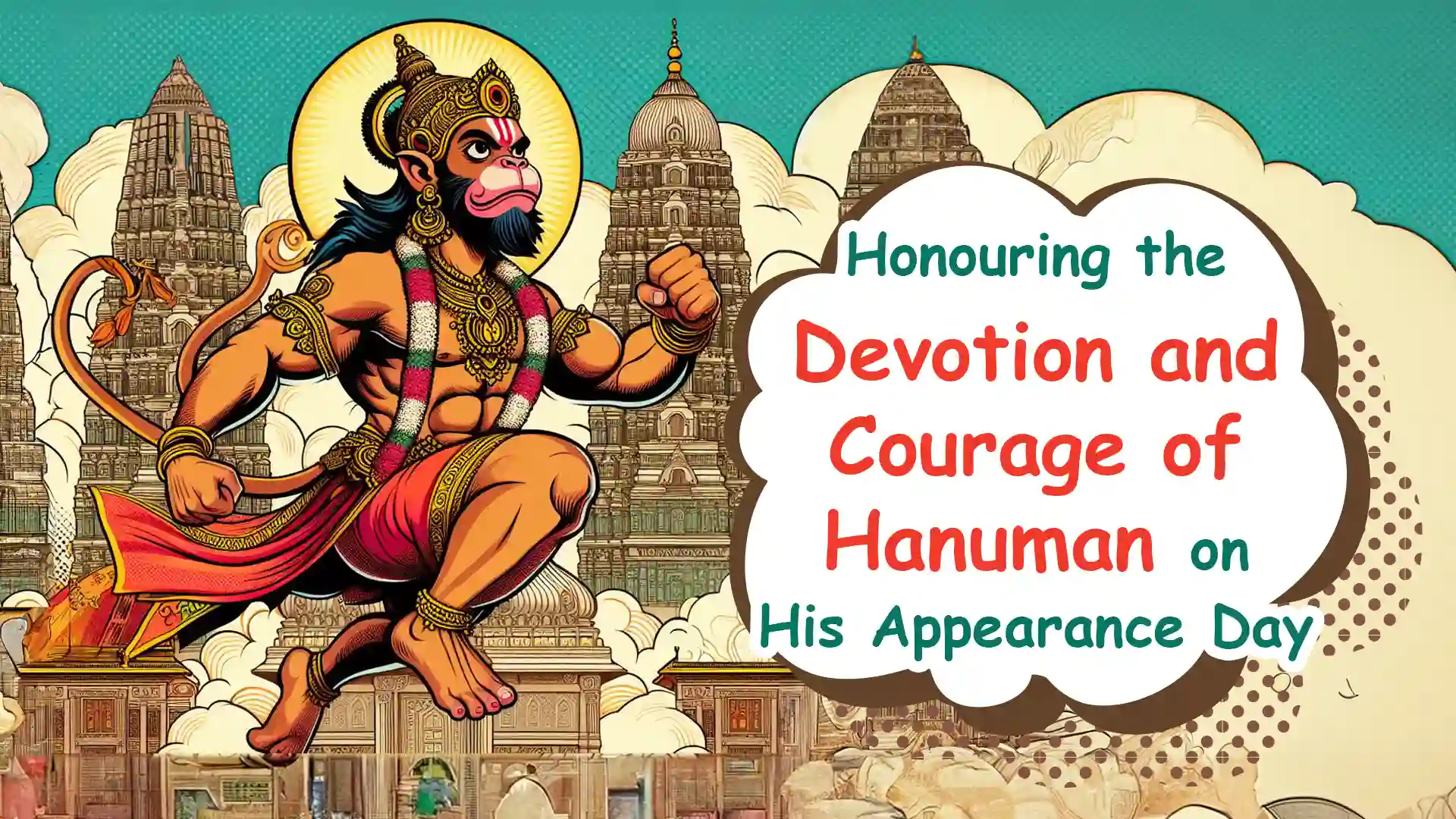Buddha Purnima, also known as Vesak or Buddha Jayanti, is one of the most sacred days in the Buddhist calendar. It commemorates the three key events in the life of Siddhartha Gautama — his birth, enlightenment, and passing into Nirvana. Celebrated on the full moon of the month of Vaisakha (typically April or May), the day is marked by serene rituals: lighting lamps, silent meditation, offerings, and recitation of scriptures. These acts honour the Buddha’s profound legacy and invite each of us to embody mindfulness, compassion, and inner peace.
The Essence of Buddha’s Teachings: Desire and Suffering
“Desire is the root of all suffering.”
This timeless truth lies at the very heart of Buddha’s teachings.
Desire arises like a ripple in the calm lake of the mind. When indulged repeatedly, it becomes attachment; where there is attachment, sorrow inevitably follows. A mother’s love for her child, for instance, though beautiful, often brings heartache when separation occurs. This is the nature of worldly attachment.
Buddha, in his enlightened vision, offered the world the Four Noble Truths:
- There is suffering in this world.
- This suffering has a cause.
- The cause is desire.
- If desire is eliminated, suffering ceases.
Thus, the path to peace lies in overcoming desire.
Vipassana: The Art of Inner Observation
In Buddhist practice, especially Vipassana meditation, the goal is to observe reality as it is, without reacting. Practitioners sit in stillness, focusing on the breath. The body pleads: “Can I move?” No. “Can I scratch?” No. You simply observe.
This rigorous discipline trains the mind in non-reactivity, gradually cutting through the roots of craving. The logic is simple: If desire ends, suffering ends.
Desire in Buddhism vs. Vedic Philosophy
Here lies a key distinction between Buddhist and Vedic thought.
While Buddhism leads us from suffering to zero — a neutral state beyond craving and aversion — Vedic philosophy takes us beyond zero. It teaches that desire itself is not inherently evil; rather, it is a powerful force that must be purified and redirected.
The Vedas encourage us not just to renounce worldly desires, but to awaken divine desires. You are not meant to become inert like a stone. Instead, desire must be aligned with a higher purpose.
Desire Transformed: The Path of Bhakti Yog
God has given us the ability to desire, not to suppress it, but to sublimate it.
“My Lord, what do You desire? Let that be my desire, too.”
If Shree Krishna desires a temple, the devotee strives to build it. If He wants us to become more compassionate, disciplined, or wise, we make that our life’s mission — not out of fear, but out of love.
This is the heart of Bhakti Yog — the yog of devotion.
Where Jñāna-yog (the path of knowledge) seeks liberation by withdrawing from the world, Bhakti Yog engages with the world by offering it to God. The devotee embraces divine responsibility, rising above personal anxieties by taking on the concerns of the Divine.
“Let me worry about what You worry about, O Lord.”
In doing so, our petty desires fade, and higher aspirations take root.
A Common Misunderstanding About Desire
Some may argue: “Desire is unspiritual.” But the devotee says:
“Yes, I will desire — but only what You desire. And I will desire it with all my heart.”
This is not self-denial; it is self-surrender.
This is not renunciation of life; it is the sanctification of life.
Why Didn’t Buddha Teach Bhakti?
If Bhagwan Buddha is considered an incarnation of Bhagwan Vishnu (as stated in the Dashavatara), why didn’t he speak of bhakti — devotion?
The answer lies in time, place, and audience. Even a PhD professor, when teaching first-grade students, begins with “2 + 2 = 4.” Not because that is all he knows, but because that is all they are ready to grasp.
In Buddha’s time, society had become overly ritualistic. People had lost the spirit of inner purification and were committing acts like animal sacrifice in the name of the Vedic religion. Their understanding of devotion was distorted and used in harmful ways. In such a situation, Buddha chose not to speak of devotion, not because it wasn’t valid, but because it wasn’t yet appropriate.
His goal was first to cleanse the mirror of the heart. Once clarity returns, higher teachings can follow.
Conclusion: From Buddha to Bhakti
On this sacred Buddha Purnima, let us bow in reverence to Bhagwan Buddha, who gifted the world with the light of detachment, compassion, and mindfulness.
Let us also honour the broader spiritual journey, where desire is not extinguished, but elevated.
The Buddha lit the lamp of self-mastery.
Bhakti Yog invites us to carry that lamp and place it at the feet of the Divine.
This Purnima, reflect:
- What higher desire will you cultivate?
- What divine responsibility will you embrace?

